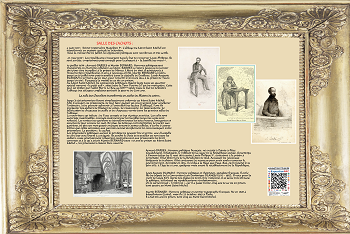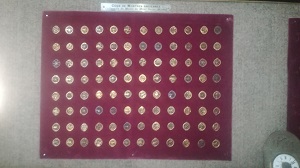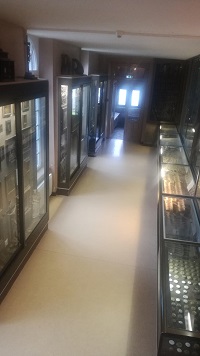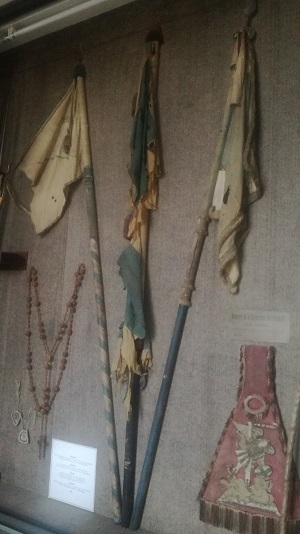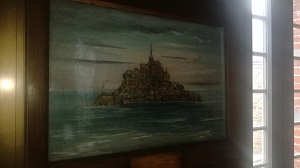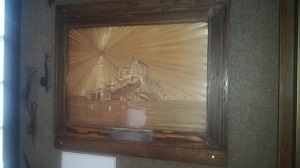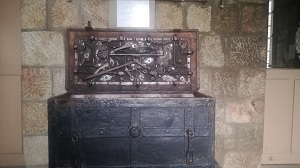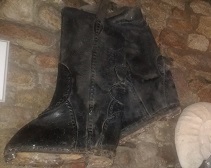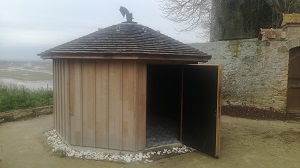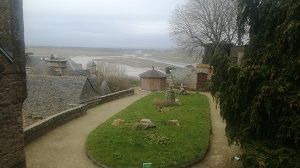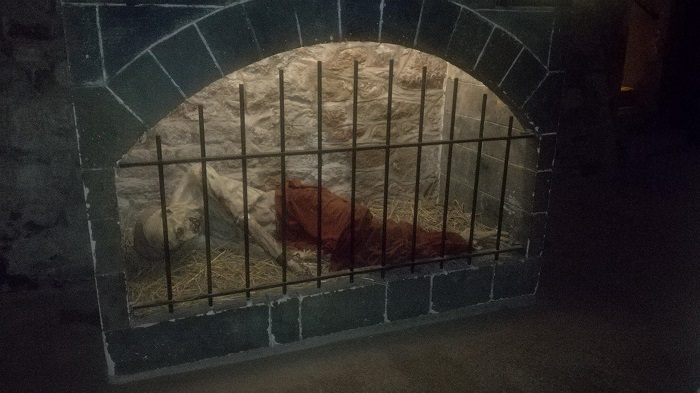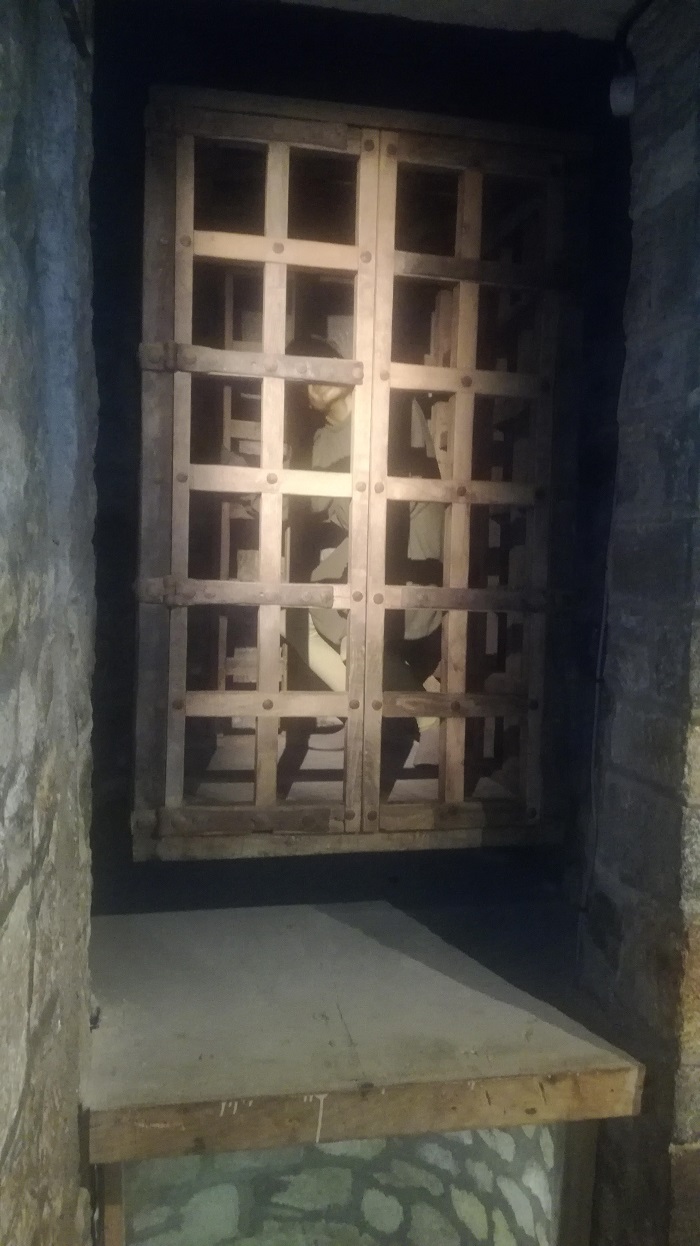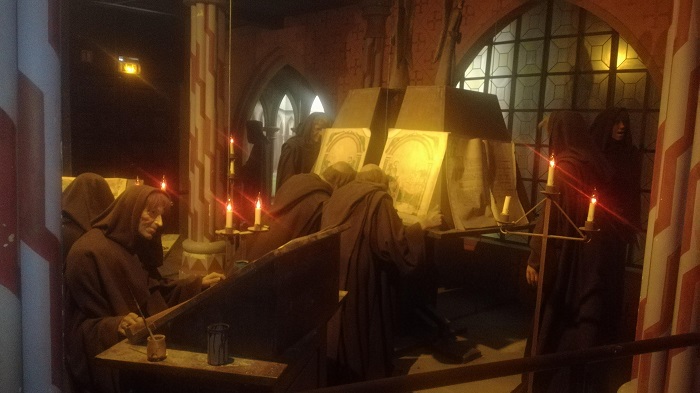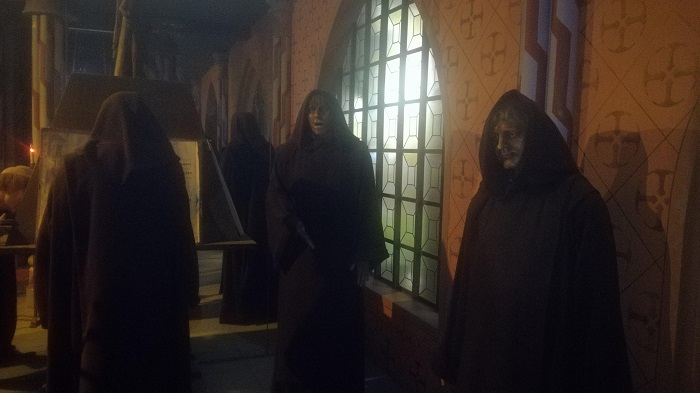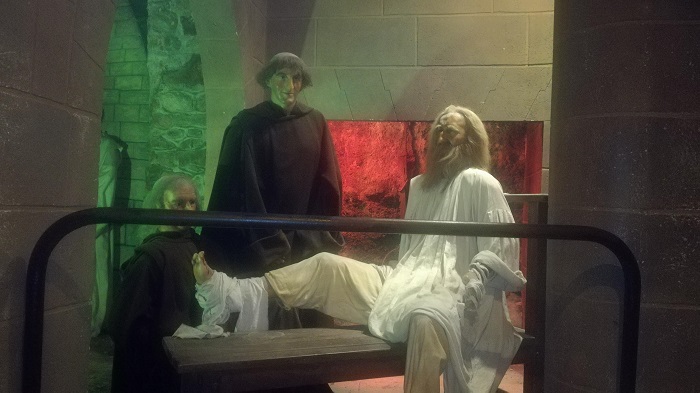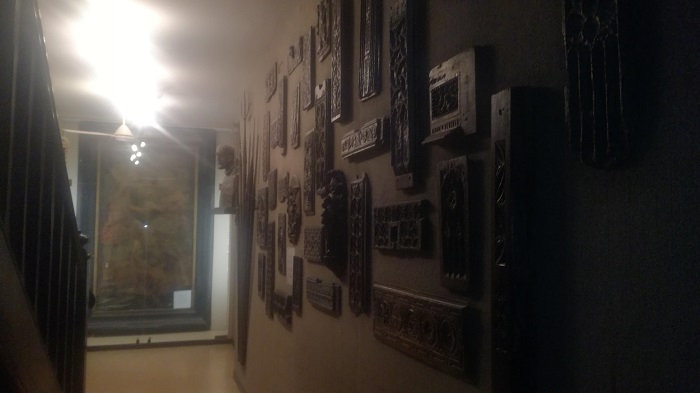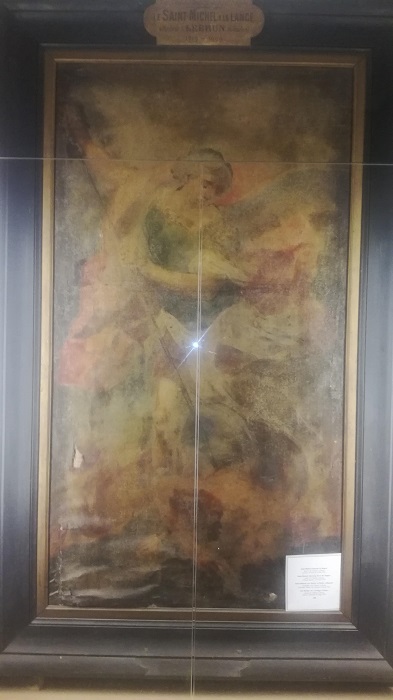
| Roosters of monsters : In the 17th and 18th centuries: |
| Iron to gild: (And gilder tools of the beginning of the XVIIIth century) ... |
| Banners : |
| Seals and seals: |
| Cornet Powder : Knights used it in the sixteenth century. |
| Medals of Pilgrimage and coins: |
| Rifles: |
| Wood and fossil footprints of the Cotentin, |
| Set of locks, and keys: |
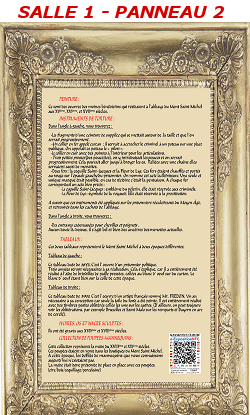
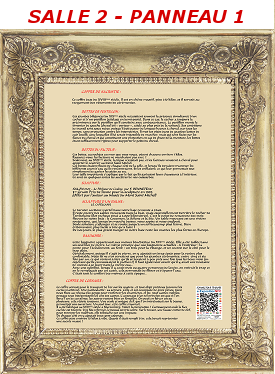
| Sacristy chest : |
| Postillion boots : |
| Sculpture: SALON 1909 - The Crab Fisherman, by F. BENNETEAU |
| Sculpture of a bogeyman : (E. CAPELLANI) |
| Bathtub : |
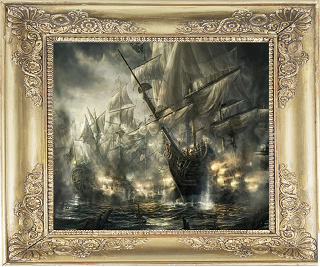
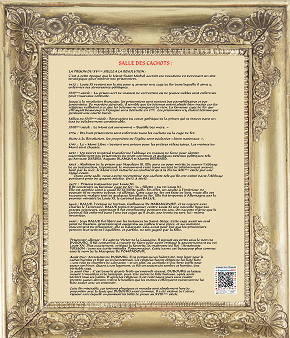
| The prison from the fifteenth century to the revolution (1) |
| The prison from the fifteenth century to the revolution (2) |
